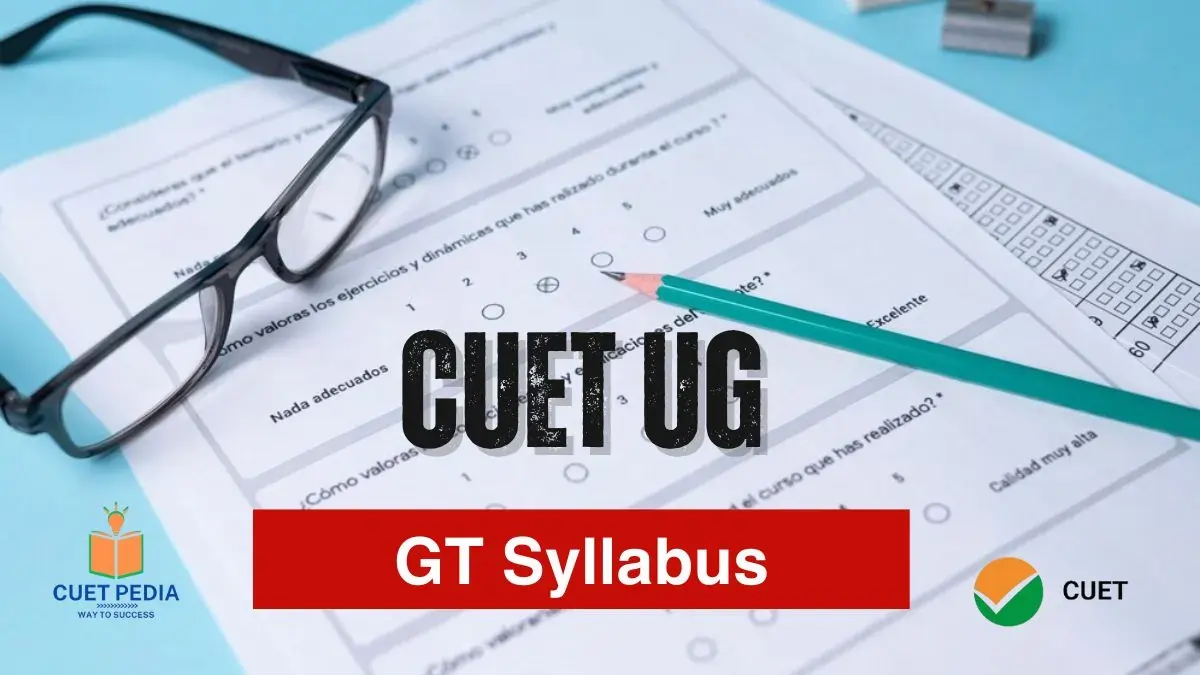
CUET General Test Syllabus 2025: Download GT Mental Ability PDF
CUET General Test Syllabus: One of the three sections which are there in the exam is the General Test. It is common for all candidates irrespective of their stream in […]

CUET General Test Syllabus: One of the three sections which are there in the exam is the General Test. It is common for all candidates irrespective of their stream in […]
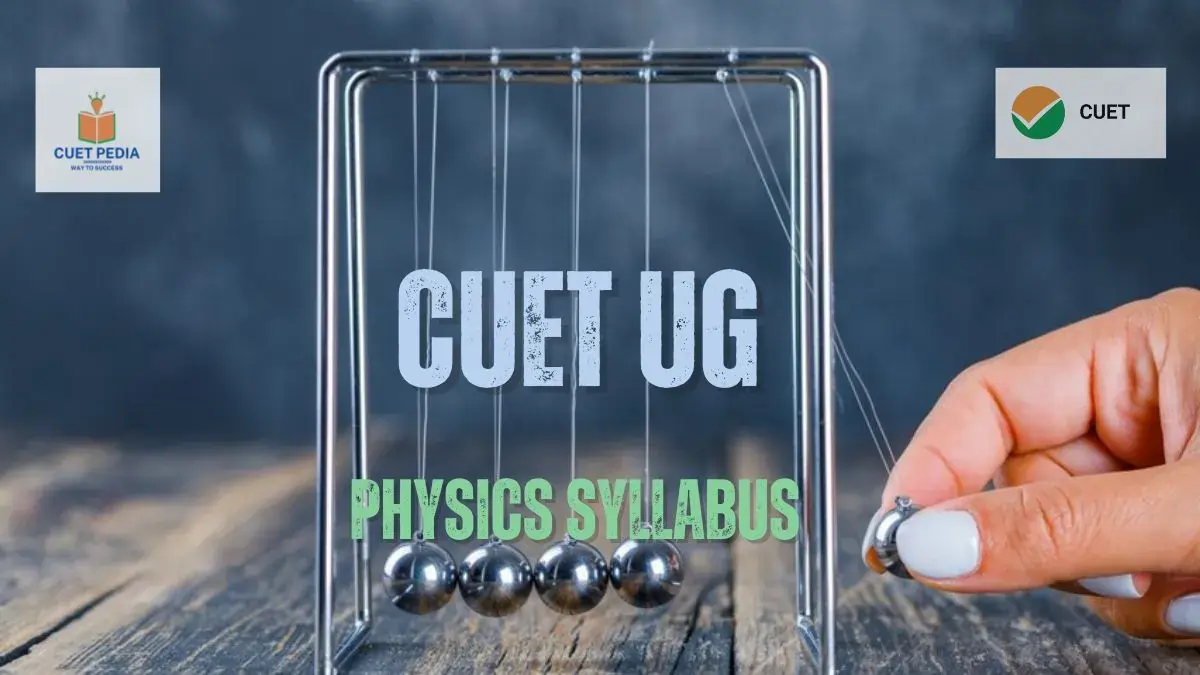
CUET Physics Syllabus has topics from 10 sections. These sections have many chapters groups or sub-sections that are roughly equally important throughout the text. Each area should receive the same […]
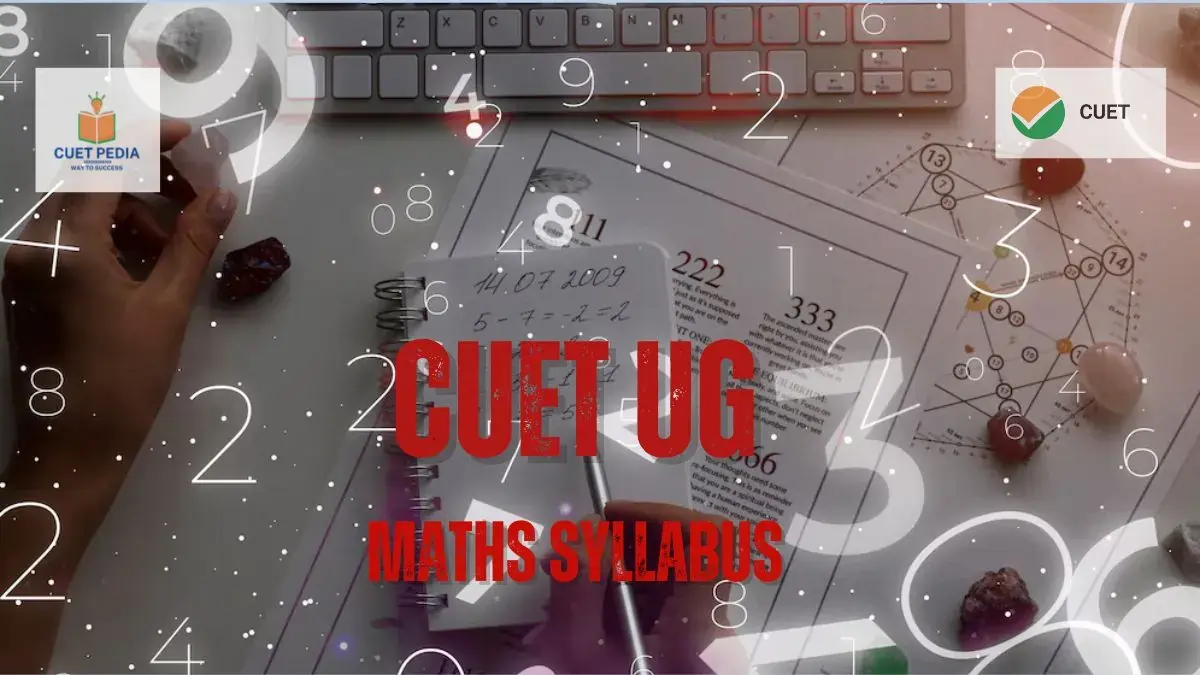
There are four sections to the CUET Maths Syllabus. Other sub-sections or chapter groups are equally important to the text’s four sections. Each unit has some connection to the others. […]
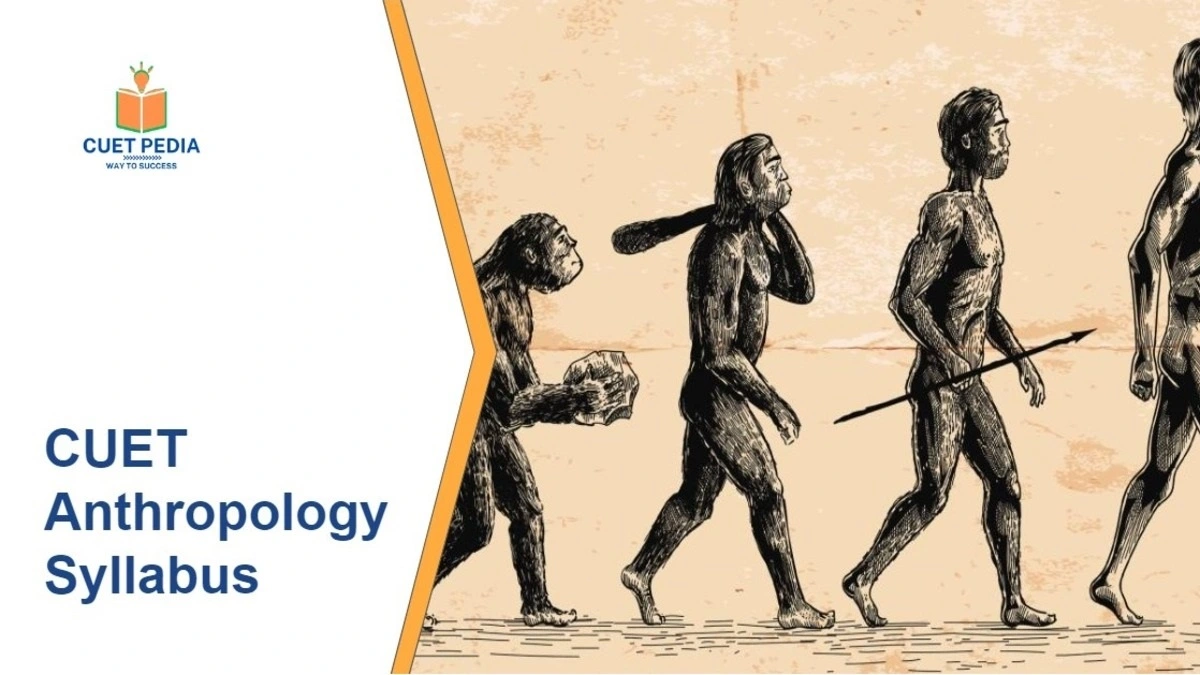
The National Testing Agency has released the Anthropology syllabus for the CUET domain subject. The CUET is a comprehensive exam that covers a lot of different domain subjects and languages. […]

The National Testing Agency has recently revised the Political Science Syllabus for the CUET exam. Politics is studied from a scientific standpoint in political science, and it is a social […]

CUET Home science is one of many subjects covered in Section 2 (Domain Specific subjects) of the CUET exam. Home science is a sociological field, and the home science CUET […]
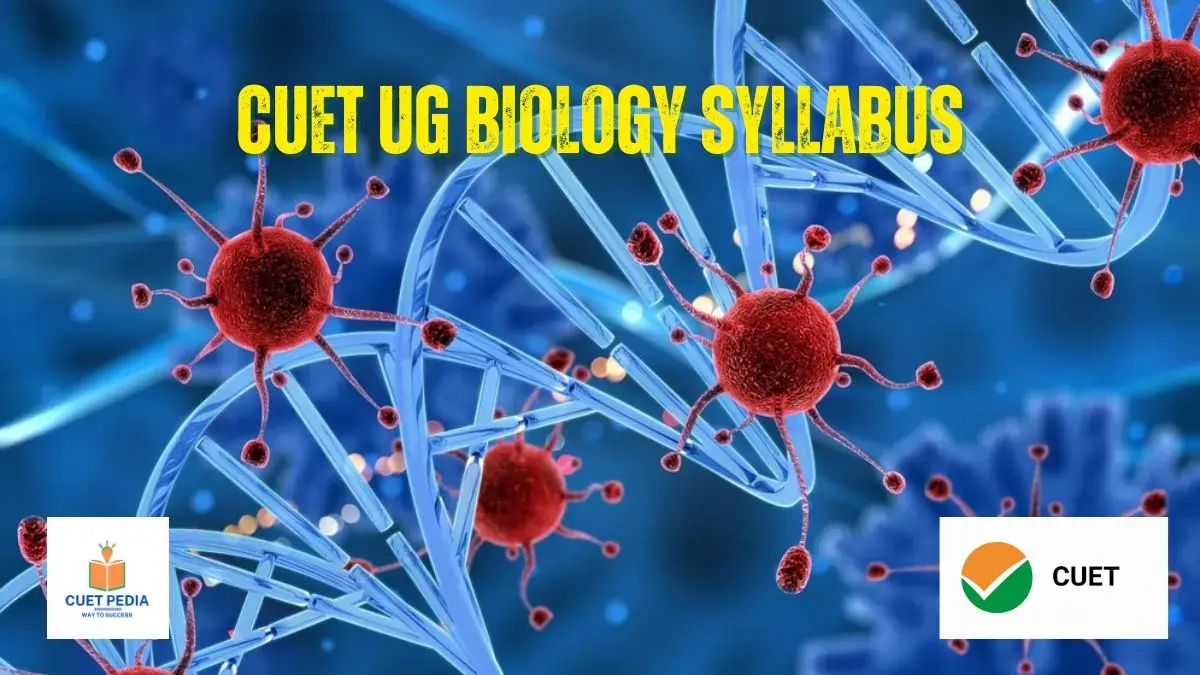
CUET Biology Syllabus 2025: The CUET Exam, formerly known as the CUCET Exam, is now finally being administered on a scale involving many central, state, and private universities. Section 2 […]
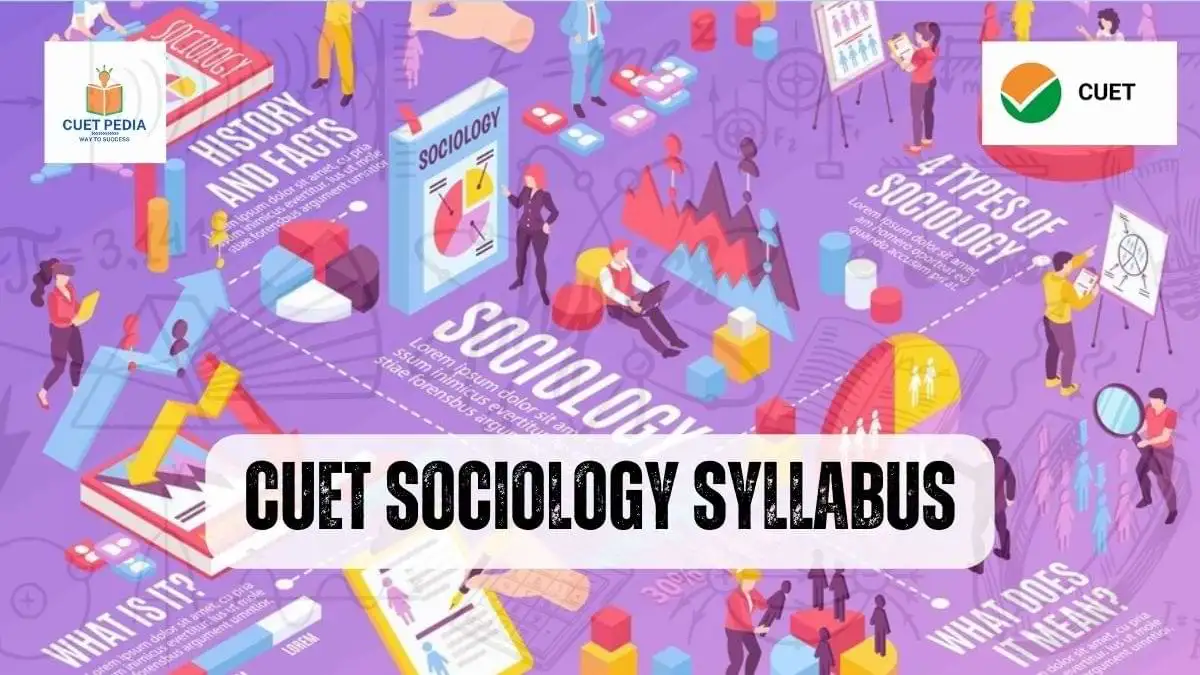
The National Testing Agency has released the CUET UG Sociology Syllabus for the exam on the official website. Candidates who want to pursue a career in sociology and are interested […]
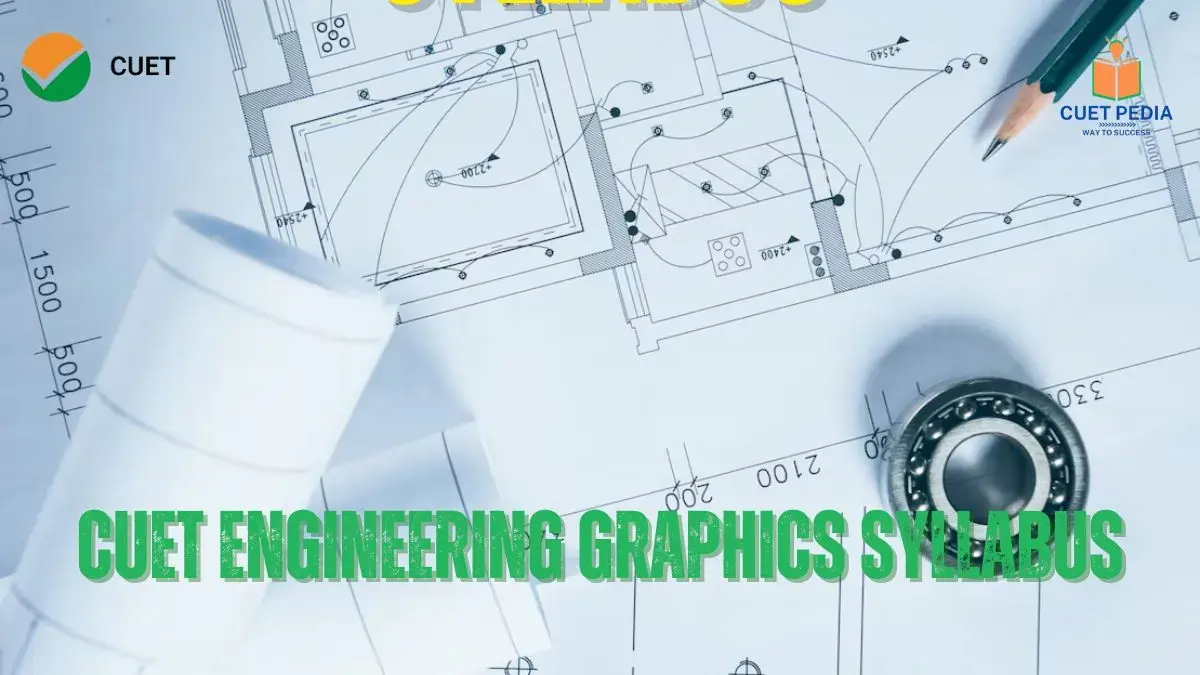
The CUET Engineering Graphic Syllabus is vital in getting admission to graphic engineering courses in one of the participating universities. These are paper representations of physical objects or locations (or […]

To help aspirants who have taken teaching aptitude as their domain subject in the CUET exam, we have provided the details teaching aptitude syllabus. The exam is conducted for admission […]